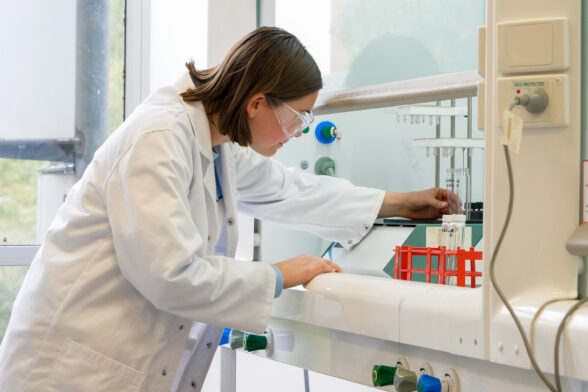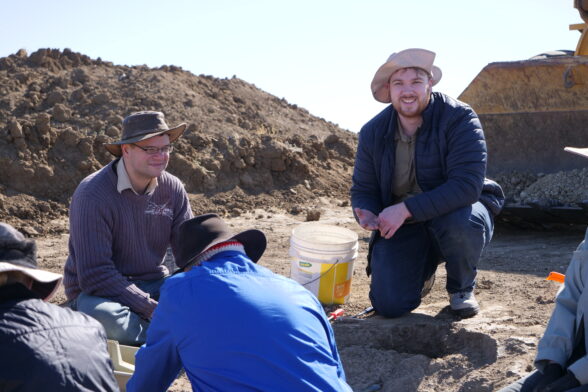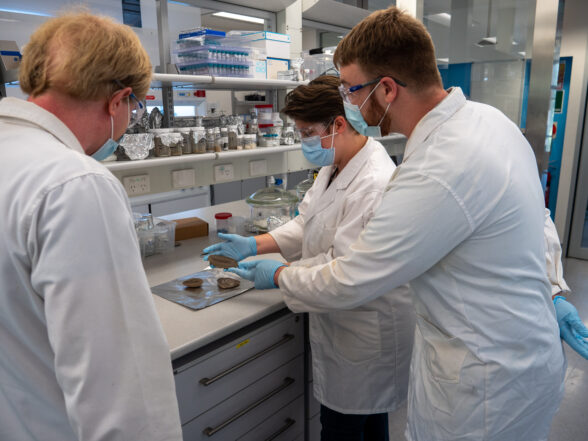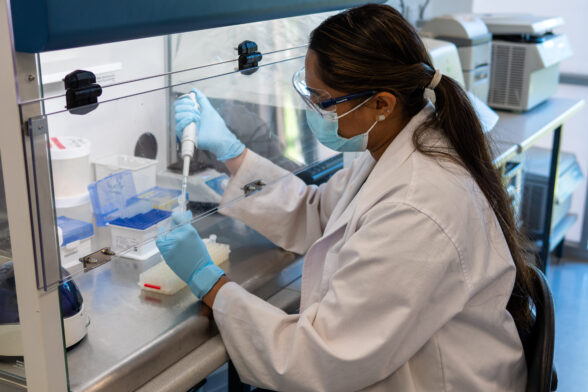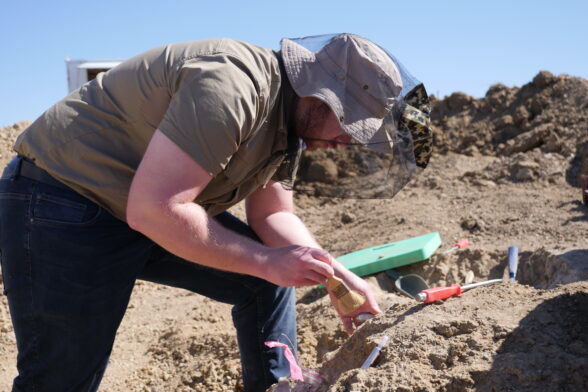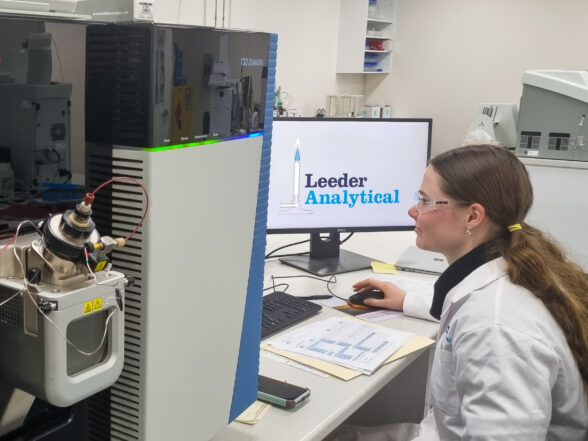Study With Us
Students pursuing study at an undergraduate and postgraduate level have many opportunities to get involved and study with the WA-OIGC group.
PhD Research
WA-OIGC is looking for passionate and motivated students to work on postgraduate research projects. See currently advertised opportunities below.
Other postgraduate projects are available. To enquire about any other opportunities please email Prof. Kliti Grice (k.grice@curtin.edu.au).
To apply for a PhD project, please send full CV and two referee names to Prof. Kliti Grice (k.grice@curtin.edu.au).
The molecular record in Devonian and Jurassic fossils
The molecular record in extraordinarily preserved concretions
Untapping “the role of biogeochemical activities in fossilisation”
Honours and Undergraduate Research
WA-OIGC welcomes students looking to do 3rd year or Honours research projects. To find out more about available opportunities please email Prof. Kliti Grice (k.grice@curtin.edu.au).
Current projects available include:
The indigenous molecular biomarkers of concretion fossils revealed by pyrolysis GCMS
Supervisors: Paul Greenwood, Kliti Grice, Peter Hopper
The organic matter in sedimentary rocks often contain molecular biomarkers, which are organic compounds retaining a structural (or stable isotopic) link to their source organism. Biomarkers have proved a valuable complement to macro fossils (e.g., animal skeleton), with each contributing to our understanding of the ever expanding evolutionary framework for life on our planet. This project will explore the integrity of terpenoid biomarkers we have detected from the analytical pyrolysis of concretion fossils collected from well preserved deposits (e.g. Lagerstätten) from around the globe (e.g., Mazon Ck, USA). Carbonate concretions often contain well preserved soft-tissue fossils, and our group has recently detected biomarkers in the bitumen (i.e., solvent extractable) and kerogen (thermally extracted) fractions of preserved fossil providing exciting new information about the early Phanerozoic evolution of particular animals and plants. Kerogen analysis is an important compliment to traditional bitumen analysis as it is of lower risk to overprinting from autochthonous inputs such as freely migrating hydrocarbons. However, secondary reactions associated with the pyrolysis process can
dissipate the detail of primary biomarker products. This project will assess the stability of selected terpenoid products to the applied pyrolysis conditions, thus helping to establish their analytical significance.
Hydro-Pyrolysis (HyPy) will be used to produce a thermally labile kerogen fraction of selected concretion fossils and representative terpenoid standards. The thermally released fraction will be separated by liquid chromatography into saturate and aromatic hydrocarbon fractions to be analysed by gas chromatography mass spectrometry (GCMS). The GCMS data will be scrutinised for biomarker products and correlated against the biomarker composition of the corresponding bitumen fractions of the samples to help assess their authenticity and provide further insight into biochemical diagenetic pathways.
Support: This project is supported by ARC-Laureate Fellowship grant
The trophic level of the enigmatic Tullimonstrum gregarium (Mazon Creek Lagerstätte; Illinois, USA)
Supervisors: Kliti Grice, Stephen Poropat, Amy Elson, Alex Holman
The enigmatic animal Tullimonstrum gregarium has been the subject of much scientific debate in the past decade. Much of this back-and-forth has centred around its phylogenetic affinities (i.e., where it sits on the tree of life): whereas some interpret it as a vertebrate (e.g. Clements et al., 2016; McCoy et al., 2016, 2020), others contest or oppose this on various grounds (Sallan et al., 2017; Rogers et al., 2019; Mikami et al., 2023). Given the uncertainty surrounding its classification, it is perhaps unsurprising that the palaeoecology of Tullimonstrum gregarium is similarly poorly understood.
This project seeks to determine the diet, or at least the trophic level, of Tullimonstrum gregarium. This should be possible because all fossils of the Tully monster are preserved in siderite concretions. These were formed under highly reducing conditions, which facilitated exceptional preservation of soft tissue, cellular structures and biomolecules (e.g., sterols and proteins) (cf. Melendez et al., 2013a, 2013b; Plet et al., 2017, Tripp et al., 2022). These molecular time capsules might contain evidence of the Tully monster’s diet.
Several concretions from the Carboniferous-aged Francis Creek Shale Member of the Carbondale Formation (Mazon Creek Lagerstätte; Illinois, USA) are available for destructive analysis as part of this project. Some contain specimens of Tullimonstrum gregarium; others, the coeval lamprey Mayomyzon pieckoensis. State-of-the art isotopic, geochemical, analytical, mineralogical and imaging techniques will be used to extract and analyse intact molecules entombed in Tullimonstrum gregarium and lamprey specimens. This will provide important information on the diet and phylogenetic position of the Tully monster and lamprey, and the palaeoenvironment in which they lived and died.
Support: This project will be funded through an ARC Laureate awarded to Prof. Kliti Grice
Unpinning the role of microbes in fossilisation
Supervisors: Navdeep Dhami, Kliti Grice
Carbonate concretions are ubiquitous in the fossil record and bear exceptionally preserved fossils providing insights into many of the extinct organisms. Recently, microorganisms have been found to play a crucial role in the exceptional preservation of organic remains including organic matter, biomarkers and intact lipids of fossils, which are vital in understanding the paleoenvironmental settings and evolutionary relationships.
Biofilms, microbial cells, extrapolymeric substances (EPS) and microbial metabolic activities can influence the mineralisation processes leading to concretion formation and aid in quick preservation of different fossils by coating the corpses within biofilm and EPS matrix. A range of microbial metabolic activities including photosynthesis, ureolysis, ammonification, denitrification, sulfate reduction, methanogenesis can create physicochemical conditions conducive for mineralisation by changing the microenvironment around. Physical and environmental conditions can modulate microbial activity and impact mineralization as well as fossilisation processes.
In this project, we will investigate the impact of biofilm and EPS on leaf preservation and carbonate mineralisation under different concentrations of Ca/Mg/Phosphate ions. The outcome of the project will shed light on the impact of surrounding environment on fossilisation.
The candidate will gain expertise in microbial culturing, EPS and biofilm characterisation, micrographical and mineralogical analysis via
Scanning electron microscopy (SEM), confocal laser scanning microscopy, energy dispersive X ray spectrum (EDS), X ray diffraction (XRD) along with geochemical analysis.
Support: This project will be funded through an ARC Laureate awarded to Prof. Kliti Grice

